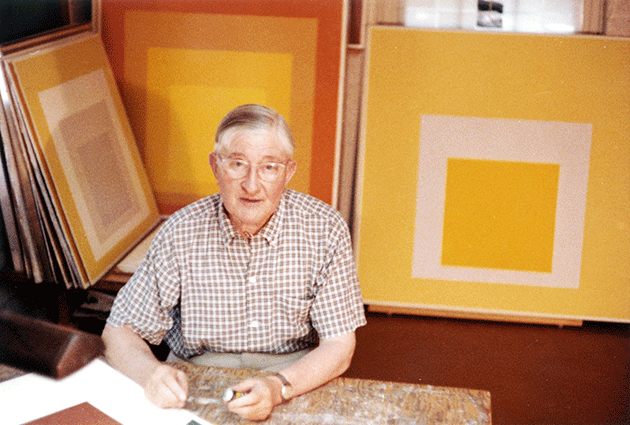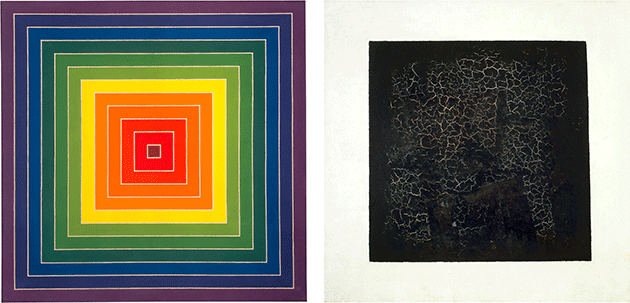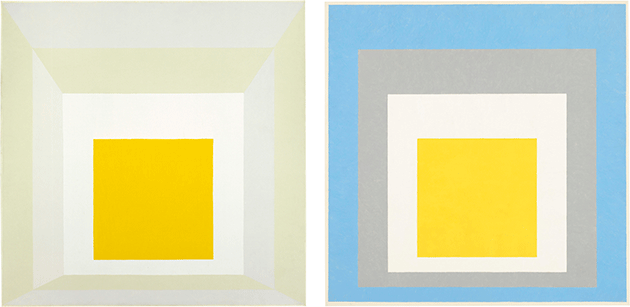20th Century & Contemporary Art Evening Sale
London Auction 15 April 2021
1
Joy Labinjo
Untitled
Estimate £20,000 - 30,000 ‡♠
Sold for £69,300
Create your first list.
Select an existing list or create a new list to share and manage lots you follow.
2
Lina Iris Viktor
Constellations III
Estimate £30,000 - 50,000 ‡♠
Sold for £195,300
Create your first list.
Select an existing list or create a new list to share and manage lots you follow.
3
This lot is no longer available.
4
Avery Singer
Untitled
Estimate £150,000 - 200,000 ‡
Sold for £466,200
Create your first list.
Select an existing list or create a new list to share and manage lots you follow.
5
Toyin Ojih Odutola
LTS IV
Estimate £100,000 - 150,000 ‡
Sold for £378,000
Create your first list.
Select an existing list or create a new list to share and manage lots you follow.
6
Tunji Adeniyi-Jones
Love Ritual
Estimate £30,000 - 40,000 ‡♠
Sold for £151,200
Create your first list.
Select an existing list or create a new list to share and manage lots you follow.
7
Jordan Casteel
Quinn
Estimate £150,000 - 200,000 ‡
Sold for £233,100
Create your first list.
Select an existing list or create a new list to share and manage lots you follow.
8
Mickalene Thomas
Clarivel Right
Estimate £220,000 - 350,000 ‡
Sold for £315,000
Create your first list.
Select an existing list or create a new list to share and manage lots you follow.
9
Matthew Wong
Two Women
Estimate £350,000 - 450,000 ‡
Sold for £954,200
Create your first list.
Select an existing list or create a new list to share and manage lots you follow.
10
Alberto Giacometti
Nu debout II
Estimate £800,000 - 1,200,000 ‡
Sold for £1,813,300
Create your first list.
Select an existing list or create a new list to share and manage lots you follow.
11
Jean Dubuffet
La féconde journée
Estimate £1,500,000 - 2,000,000 ‡♠
Sold for £4,378,500
Create your first list.
Select an existing list or create a new list to share and manage lots you follow.
12
François-Xavier Lalanne
Chouette de Tourtour
Estimate £350,000 - 450,000 Ω♠
Create your first list.
Select an existing list or create a new list to share and manage lots you follow.
13
Frank Stella
Scramble: Ascending Spectrum / Ascending Green Values
Estimate £2,000,000 - 3,000,000 ‡
Sold for £2,866,000
Create your first list.
Select an existing list or create a new list to share and manage lots you follow.
14
El Anatsui
Plot a Plan IV
Estimate £650,000 - 850,000 ‡
Sold for £942,100
Create your first list.
Select an existing list or create a new list to share and manage lots you follow.
15
Mark Rothko
Untitled (Black Blue Painting)
Estimate £2,500,000 - 3,500,000 ‡
Sold for £2,866,000
Create your first list.
Select an existing list or create a new list to share and manage lots you follow.
16
Lucas Arruda
Untitled
Estimate £60,000 - 80,000 ‡
Sold for £170,100
Create your first list.
Select an existing list or create a new list to share and manage lots you follow.
17
Andy Warhol
One Grey / Black Marilyn (Reversal Series) II-50-160
Estimate £700,000 - 900,000
Sold for £733,650
Create your first list.
Select an existing list or create a new list to share and manage lots you follow.
18
Marcel Duchamp
L.H.O.O.Q.
Estimate £200,000 - 300,000 ‡♠
Sold for £491,400
Create your first list.
Select an existing list or create a new list to share and manage lots you follow.
19
Grayson Perry
Me Wanking Off
Estimate £120,000 - 180,000 ♠
Sold for £126,000
Create your first list.
Select an existing list or create a new list to share and manage lots you follow.
20
Banksy
Love is in the Air
Estimate £400,000 - 600,000 ‡♠
Sold for £441,000
Create your first list.
Select an existing list or create a new list to share and manage lots you follow.
21
Banksy
Gas Mask Boy
Estimate £1,800,000 - 2,500,000 ‡♠
Sold for £2,200,500
Create your first list.
Select an existing list or create a new list to share and manage lots you follow.
22
Marino Marini
Piccolo cavaliere
Estimate £300,000 - 400,000 ‡♠
Sold for £352,800
Create your first list.
Select an existing list or create a new list to share and manage lots you follow.
23
This lot is no longer available.
24
Paula Rego
The Aunt (Nada)
Estimate £800,000 - 1,200,000 ♠
Create your first list.
Select an existing list or create a new list to share and manage lots you follow.
25
Ed Ruscha
Oxides
Estimate £300,000 - 400,000 ‡
Sold for £748,500
Create your first list.
Select an existing list or create a new list to share and manage lots you follow.
26
Mark Tansey
Study for Nocturne
Estimate £600,000 - 800,000 ‡
Sold for £748,500
Create your first list.
Select an existing list or create a new list to share and manage lots you follow.
27
John Currin
Girl in Bed
Estimate £450,000 - 650,000 ‡
Create your first list.
Select an existing list or create a new list to share and manage lots you follow.
28
Josef Albers
Study for Homage to the Square: Hard, Softer, Soft Edge
Estimate £200,000 - 300,000 ‡
Sold for £327,600
Create your first list.
Select an existing list or create a new list to share and manage lots you follow.
29
John Chamberlain
Gris Gris Gumbo Ya Ya
Estimate £400,000 - 600,000 ‡
Sold for £478,800
Create your first list.
Select an existing list or create a new list to share and manage lots you follow.
30
Carmen Herrera
Aquila Verde
Estimate £450,000 - 650,000 ‡
Sold for £724,300
Create your first list.
Select an existing list or create a new list to share and manage lots you follow.
31
Günther Förg
Untitled
Estimate £380,000 - 450,000 ‡♠
Sold for £516,600
Create your first list.
Select an existing list or create a new list to share and manage lots you follow.
32
Albert Oehlen
Untitled
Estimate £150,000 - 200,000 ‡♠
Sold for £415,800
Create your first list.
Select an existing list or create a new list to share and manage lots you follow.
33
Gilbert & George
Dusty Corners No. 8
Estimate £250,000 - 350,000 ‡♠
Sold for £252,000
Create your first list.
Select an existing list or create a new list to share and manage lots you follow.
34
Tracey Emin
Our Angels
Estimate £200,000 - 300,000 ‡♠
Sold for £226,800
Create your first list.
Select an existing list or create a new list to share and manage lots you follow.
35
Cory Arcangel
Photoshop CS: 110 by 72 inches, 300 DPI, RGB, square pixels, default gradient "Spectrum", mousedown y=9900 x=3450, mouseup y=990 x=21450
Estimate £100,000 - 150,000
Sold for £245,700
Create your first list.
Select an existing list or create a new list to share and manage lots you follow.


